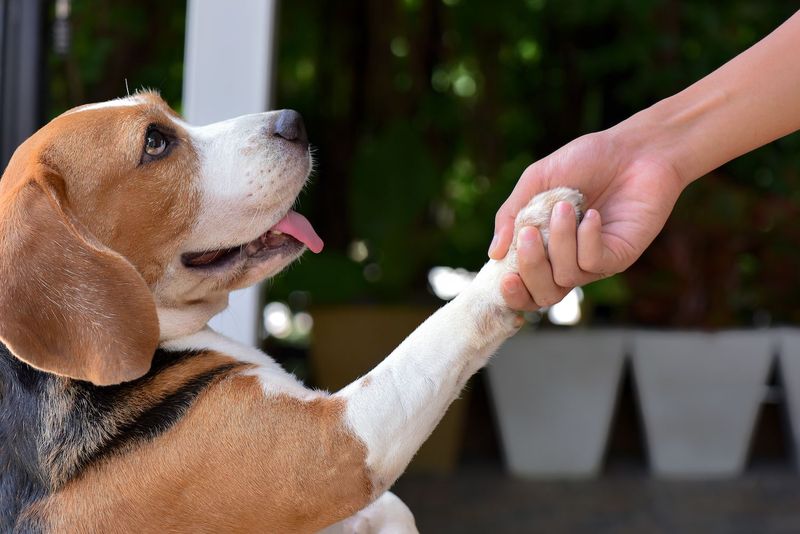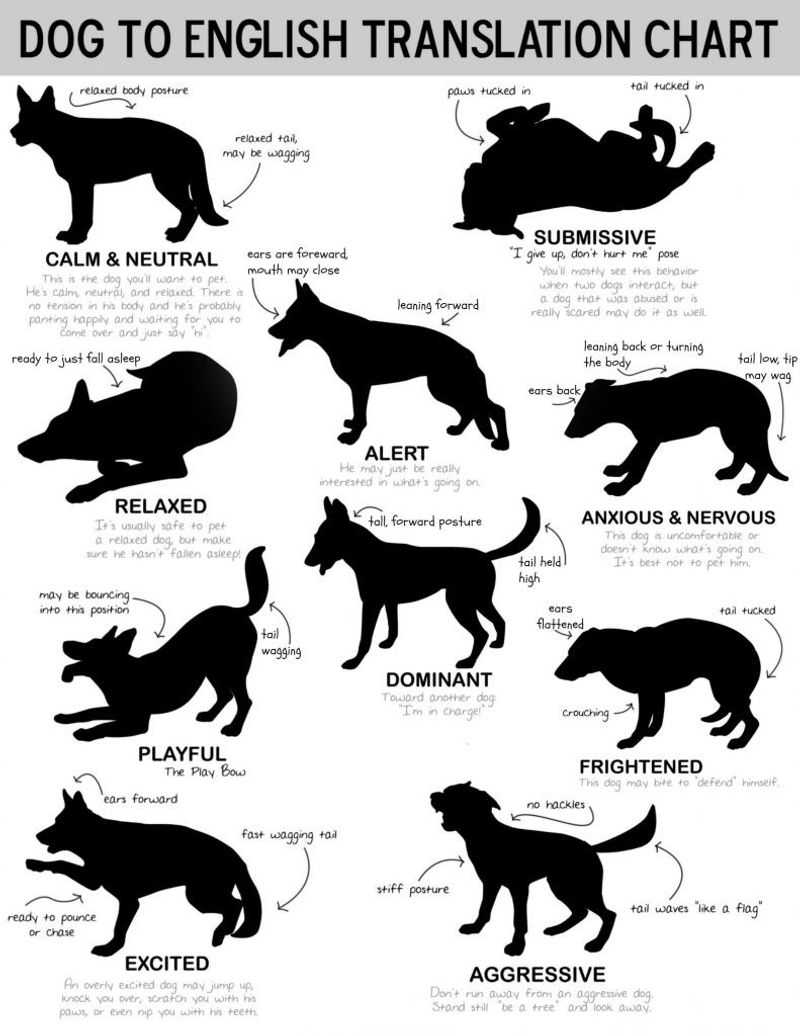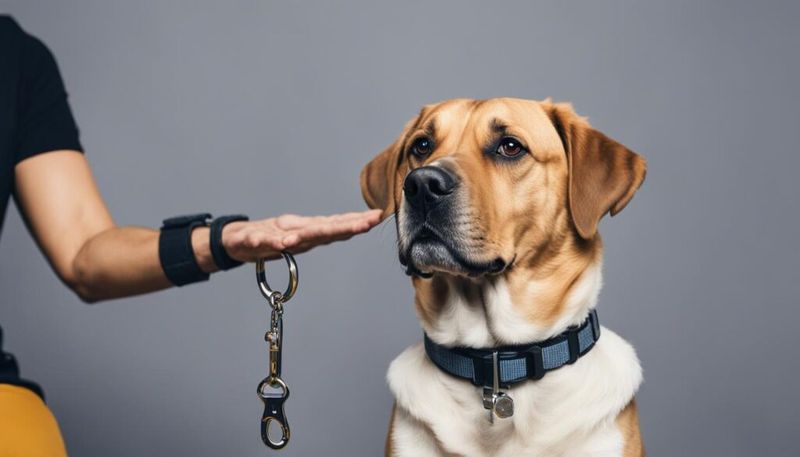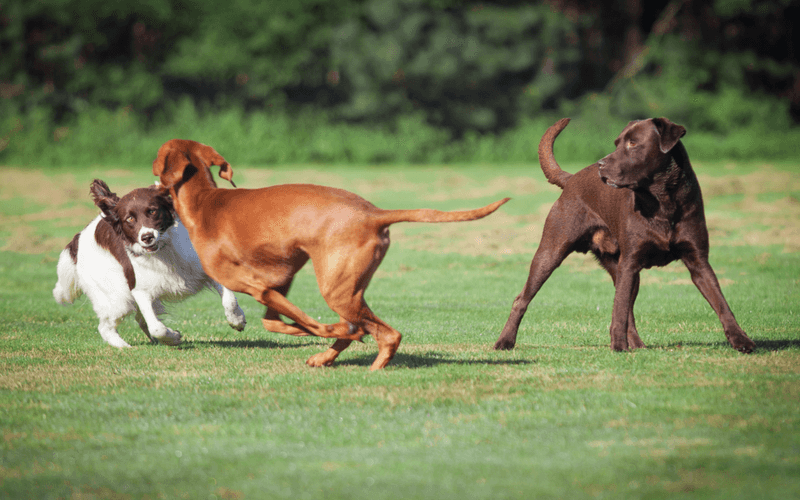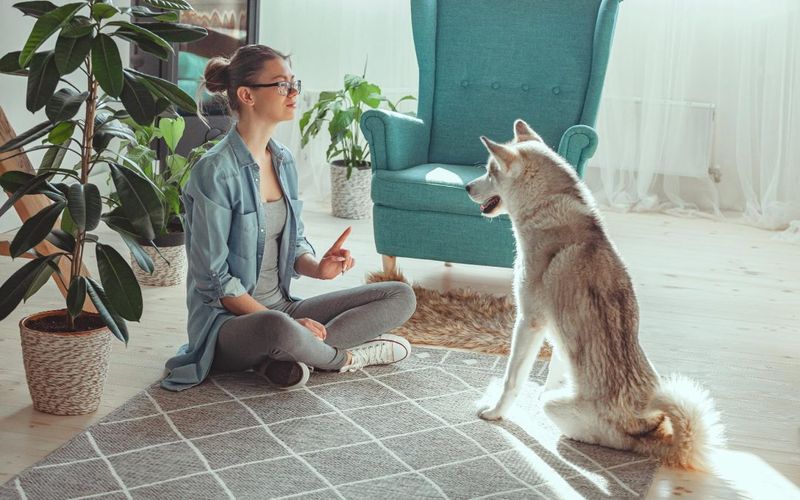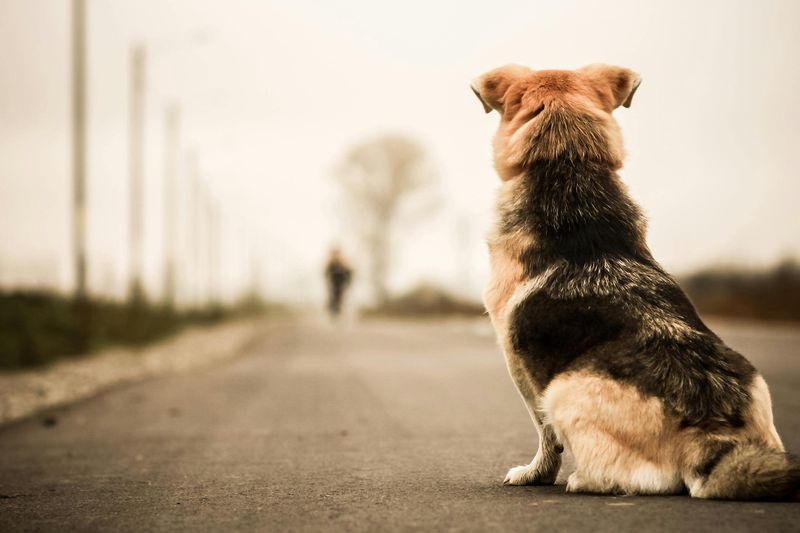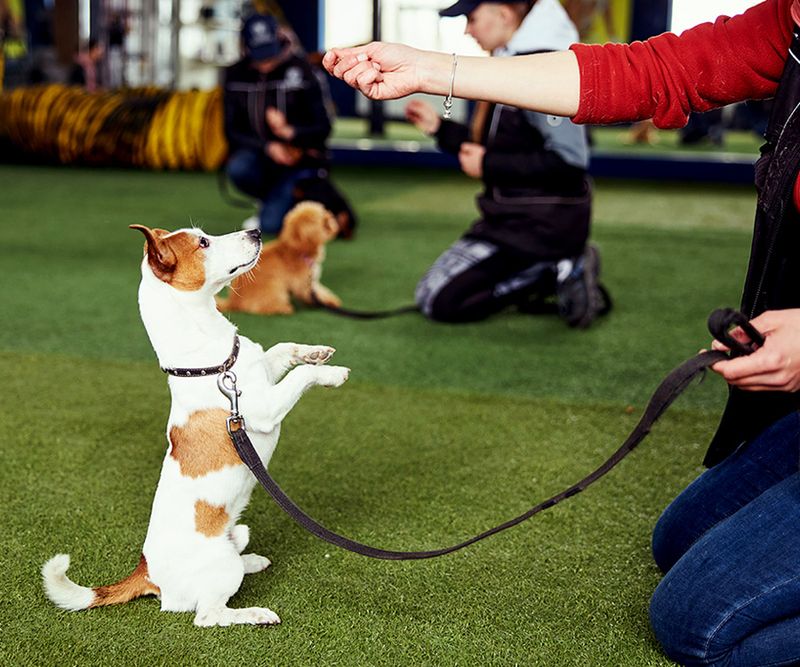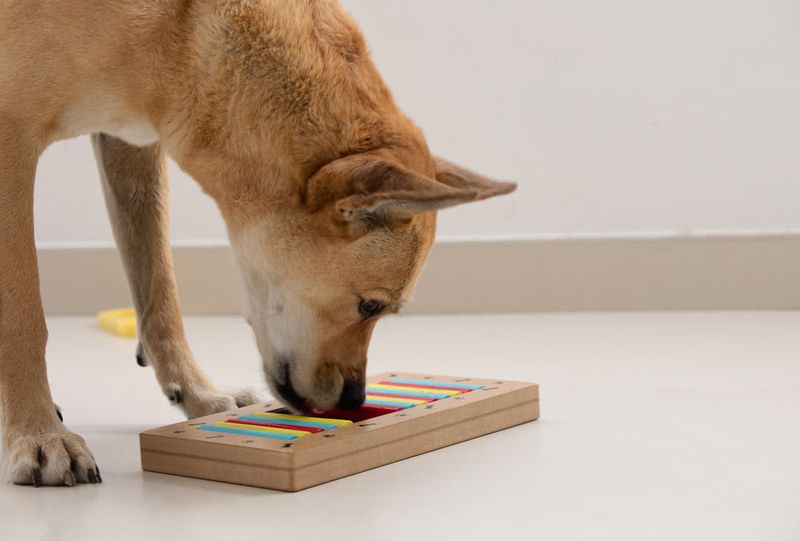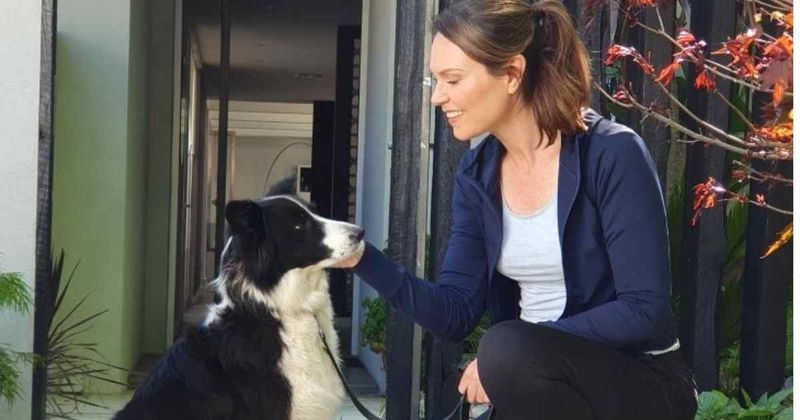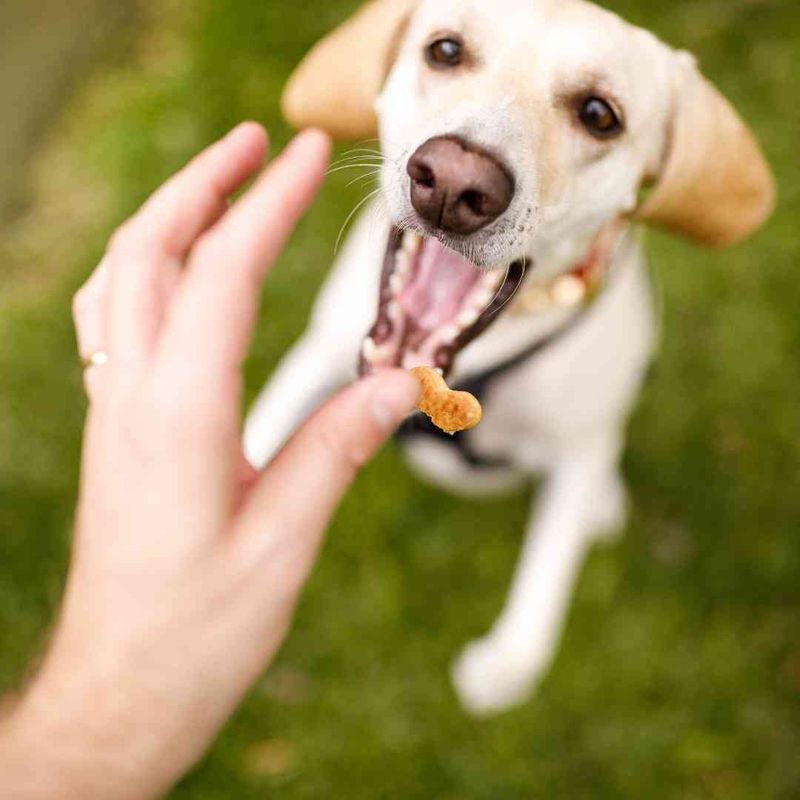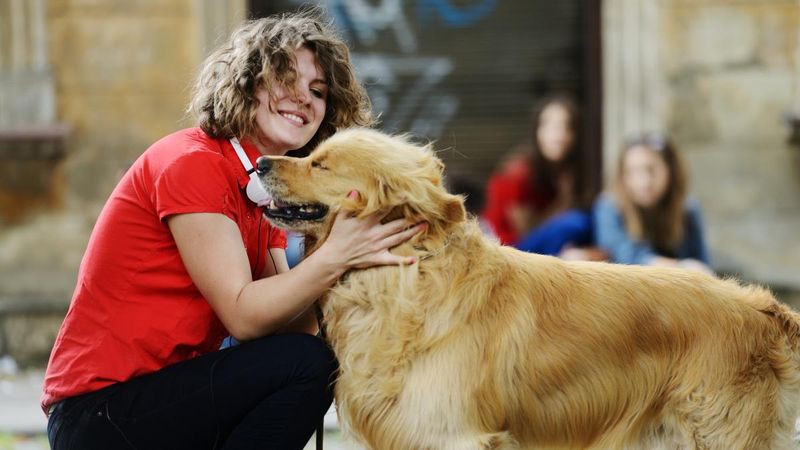Dog training can be both rewarding and challenging. It requires patience, consistency, and understanding of your furry friend’s needs. However, certain mistakes can hinder the training process and lead to long-term behavioral issues. This article explores 12 common training blunders and how to avoid them, ensuring a happy and obedient companion.
Lack of Positive Reinforcement
Positive reinforcement is a powerful training tool. Imagine working hard with no recognition—disheartening, right? Dogs feel similarly. Rewards such as treats or praise motivate them to repeat desired behaviors.
Ignoring this technique can result in a lack of enthusiasm. Dogs may lose interest or become anxious. Reinforcement strengthens the bond and encourages learning.
Integrate rewards into training. Praise good behavior immediately, ensuring connection between action and reward. However, balance is key—don’t over-rely on treats. Use a mix of rewards to maintain interest.
Ignoring Body Language
Dog body language is a silent conversation. Misreading it can lead to training mishaps. Imagine a dog wagging its tail—assumed happy, but it might be anxious.
Understanding signals like ear position or tail movement guides training. Ignoring these cues confuses dogs and escalates issues. Training becomes a struggle when communication breaks down.
Learn the signs. A relaxed dog vs. a stressed one behaves differently. Adjust training to match the dog’s comfort level. This enhances communication and strengthens the training bond.
Overusing Negative Discipline
Negative discipline can be detrimental if overused. Imagine being criticized constantly. Dogs also become fearful, reducing learning ability. Harsh discipline damages trust.
Positive reinforcement is a healthier approach. Correct unwanted behavior gently. Use firm voice, not physical punishment, to guide corrections. This minimizes anxiety and fosters a loving bond.
Balance is key. Combine mild discipline with rewards to nurture obedience. Dogs respond better to kindness than fear. Training should be a positive experience. Gentle correction enhances learning while building trust.
Skipping Socialization
Socialization is crucial in training. A well-socialized puppy grows into a confident dog. Imagine skipping this step—leads to fear or aggression around new experiences or environments.
Introduce your dog to diverse settings, animals, and people early. This broadens their comfort zone, reducing anxiety.
Socialization isn’t just for puppies. Adult dogs can benefit too. Gradual exposure prevents overwhelming situations. A well-socialized dog is adaptable and enjoys new experiences. It’s about creating positive associations.
Inconsistency in Commands
Consistency is the cornerstone of effective dog training. Changing commands or cues confuses dogs, leading to frustration. Imagine teaching a dog to “sit” with different words daily. This inconsistency hinders learning.
Dogs thrive on routine and clear communication. Stick to one command per behavior. This ensures understanding and builds trust. Lack of consistency can lead to disobedience and anxiety.
Consistency doesn’t mean rigidity. Adapt to your dog’s learning pace while maintaining command clarity. Use the same words, intonation, and signals. Avoid mixed signals to foster a harmonious relationship.
Training in Distracting Environments
Training amidst distractions is challenging. Imagine learning a new skill in chaos—difficult, right? Dogs also struggle to focus.
Begin training in quiet environments. Slowly introduce distractions as dog masters commands. This helps build focus and obedience.
Overwhelming settings can confuse dogs. Gradual exposure ensures they adapt. Patience and practice in varying environments enhance learning. A distracted dog is harder to train. Controlled settings make training effective.
Impatience During Training
Patience is essential in training. Imagine your dog struggling to learn a command. Frustration only adds stress, affecting learning.
Dogs need time to grasp new commands. Rushing the process often leads to confusion. It’s a journey, not a race. Celebrate small victories without pushing too hard.
Every dog learns differently. Adjust pace to match your dog’s capability. Impatience breeds anxiety, hindering progress. Encourage learning with gentle persistence. Patience nurtures a positive training experience.
Not Tailoring Training to the Dog
Each dog is unique, requiring tailored training. Imagine using the same approach for all dogs—ineffective. Breed, temperament, and age influence learning.
Understand your dog’s needs. A high-energy Border Collie differs from a laid-back Bulldog. Tailor techniques to match personality.
Ignoring individual traits hinders progress. Adapt strategies to fit your dog’s learning style. Personalization enhances understanding and trust. Embrace diversity in training. Personalized methods foster effective learning.
Neglecting Mental Stimulation
Dogs need mental stimulation, not just physical exercise. Imagine a bored dog—destructive behavior follows. Mental challenges enrich their lives.
Incorporate puzzle toys or games into training. This keeps their minds sharp and engaged. Ignoring mental needs leads to frustration.
Balance is crucial. Combine physical and mental exercises. A mentally stimulated dog is happier and better behaved. Training should be fun and diverse. Engage their minds for a well-rounded experience.
Failing to Establish Leadership
Leadership builds a secure environment for dogs. Imagine a household without boundaries. Dogs need a clear leader for guidance.
Establishing leadership doesn’t mean dominance. Lead with confidence and respect. Clear rules and boundaries create a safe space.
Dogs thrive under consistent leadership. Without it, they may become anxious or defiant. Leadership fosters trust and obedience. Be a calm, assertive guide. This strengthens the human-dog bond.
Relying Solely on Treats
Treats are popular training tools, but reliance can backfire. Imagine a dog expecting treats for every command—problematic.
Balance is key. Use treats wisely, complemented by praise or play. This prevents dependency and maintains training effectiveness.
Variety keeps dogs engaged. Gradually reduce treat frequency as training progresses. This encourages obedience without constant rewards. Treats should enhance, not hinder, progress.
Ignoring Health Issues
Health impacts training. Imagine a dog with undetected pain—training becomes difficult. Health issues affect behavior and learning.
Regular vet check-ups ensure a healthy dog. Ignoring health can lead to frustration during training. It’s vital to address physical or mental issues.
A healthy dog learns better. Rule out health problems before blaming behavior. Training is smoother when the dog’s well-being is prioritized. Understanding health fosters a positive training environment.

